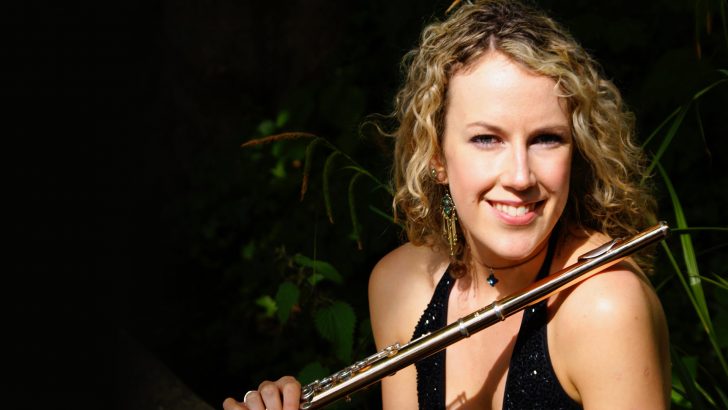A recent phone call from pianist Darina Gibson invited me to a recital in the NCH’s John Field Room being given by RTÉ NSO flautist Sinéad Farrell and herself. As their principally French programme looked enticing I gladly accepted the invitation.
The evening began with Bach’s B minor Flute Sonata where the opening Andante found Ms Farrell’s tone giving the impression of the brighter sounding recorder and with both artists keeping a nicely mobile tempo. The central Largo had a cantabile stylishness before the concluding Presto.
Its ever-twisting textures showed Ms Farrell’s seamless breath control and Ms Gibson’s colourful and supportive accompaniment. A Donizetti Concertino implied a series of short operatic scenes, some serious, others jocose, as was the way of the composer, and had the duo blending beautifully together.
The rest of the recital was beguilingly French with a four-movement suite by Charles-Marie Widor – better known for his organ symphonies (he was organist at St Suplice in Paris for 64 years) – a Concertino by Cécile Chaminade and Francis Poulenc’s charming Flute Sonata dating from1967.
Each was interpreted with elegance and finesse with the Poulenc having an extra bit of chic and sophistication, counterbalanced by amusing diversions into impertinence and witty repartee. Highly entertaining, the performance sealed the artists’ engaging musical partnership. But I found something else in this programme – an intriguing musical history lesson.
Both the Widor and Chaminade were written for the eminent 19th Century flautist, Paul Taffanel (1844-1908), while the Poulenc came through the composer’s friendship with a highly imaginative flautist of the last century, Jean-Pierre Rampal (1922-2000).
Honours
Taffanel, who came from Bordeaux, was initially tutored by his father before moving on to the Paris Conservatoire. Graduating with multiple honours, he later became the institute’s professor of flute. Having the reputation of being an inspiring instructor, Taffanel revised his department’s teaching methods by focusing on the importance of individual tuition.
His interest and research into composers of earlier generations led to an important revival of Baroque music with a exceptional emphasis on Bach, then not at all well known in France.
Taffanel’s playing is said to have had ‘elegance, flexibility and sensitivity while his phenomenal virtuosity was made as inconspicuous as possible as he hated affectation’. If all that was not enough, Taffanel was principal conductor at the Paris Opéra for 16 years from 1890.
Born in Marseille, Jean Pierre Rampal was, like Taffanel, also taught by his father who was professor of flute at the city’s conservatoire. As his family wished, Rampal studied medicine before entering the Paris Conservatoire at the age of 22. There his instrumental brilliance was quickly recognised.
During his lengthy international career as soloist and ensemble musician, Rampal raised the status of his instrument to an unprecedented level. He was also principal flautist at the Paris Opéra for many years. He, too, had an abiding interest in the Baroque as well as in music of his contemporaries.
The influence of Rampal’s flair and presence paved the way for the next generation of flautist superstars including our own James Galway and the younger Geneva-born Emmanuel Pahud.


 Sinéad Farrell
Sinéad Farrell 